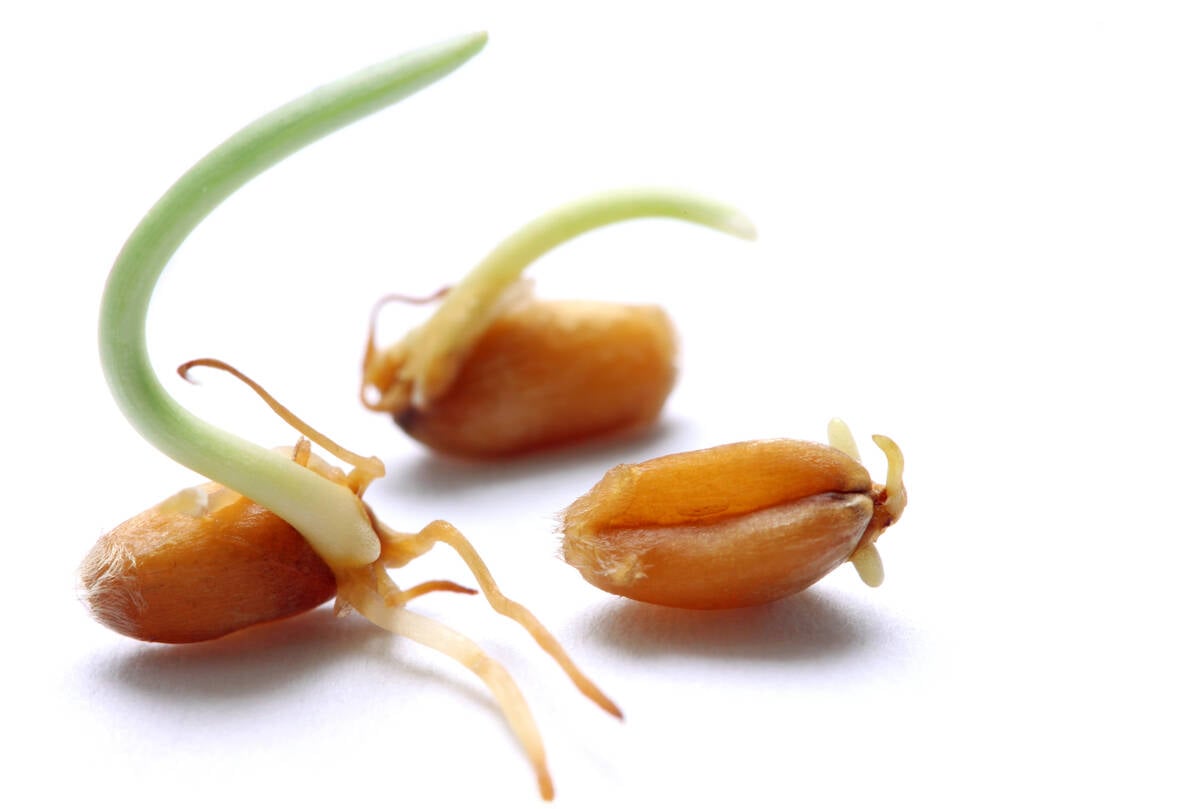Canadian farmers are facing a dilemma.
Rising land values have created a new problem in which farm families hold a significant amount of wealth, and the traditional solution to the estate plan — the use of life insurance and other non-farm assets — is no longer valid.
Life insurance and non-farm assets still have a part to play, but when faced with a multimillion-dollar asset, it is difficult to offset that value with other things.
So how do you decide who you will leave your farm to?
Read Also

Manitoba farmers fight sprouted wheat after rain
Rain in mid-September has led to wheat sprouting problems in some Manitoba farm fields.
Should business continuity or family harmony be your primary motive, and is it possible to achieve both?
The first option is to insist that farm continuity take precedence over family entitlement. This solution assumes that non-farming children have no right to expect to inherit farming assets, that farming children have worked hard and deserve to receive the fruits of their labour and that this is the only way the farm can survive intact.
However, if we explore this for a minute, are farming children the only ones who work hard? And what is the value of hard work? What if one of your children is a nurse or a social worker or other low paid caring profession? Do they not work hard?
I accept that farming children might not receive an adequate cash compensation for their work, but for them to inherit everything challenges my own perception of fairness.
Hard work and dedication do not guarantee success, nor does it make you any more entitled to it.
Alternatively, we can divide all assets equally after sweat equity issues have been resolved.
We can value the balance of the estate, dividing it equally but giving more farming assets to farming children and more non-farming assets to non-farming children.
In this case, we may still end up with the problem in which non-farming children will own farming assets and then burden the business with debt by expecting it to buy them out or reduce the productive capacity of the business by selling to a third party.
It may be possible to solve the problem if we can accept the concept of inactive ownership governed by rules.
There is no evidence to support the idea that passing the farm to actively farming children provides a higher chance of long-term continuity.
I believe it may be possible to create a structure in which there is joint ownership of assets, which includes the inactive children, and creates a true legacy for all family members.
“Joint ownership” doesn’t mean “equal ownership,” and ownership doesn’t confer an equal management voice or remove control from the farming children.
This approach has challenges, and it certainly won’t fit all scenarios.
Some non-farming children might prefer a lesser amount of cash and some farming children might want outright ownership.
There may be communication and relationship issues that are incompatible with joint ownership.
As well, the concept would require a significant shift in conventional processes and structures, which in turn would require the ability to understand and implement new processes and structures.
However, it is another tool in the toolbox and deserves review.
The counter of all this is to take Warren Buffet’s view: “the world isn’t fair, get used to it.”














